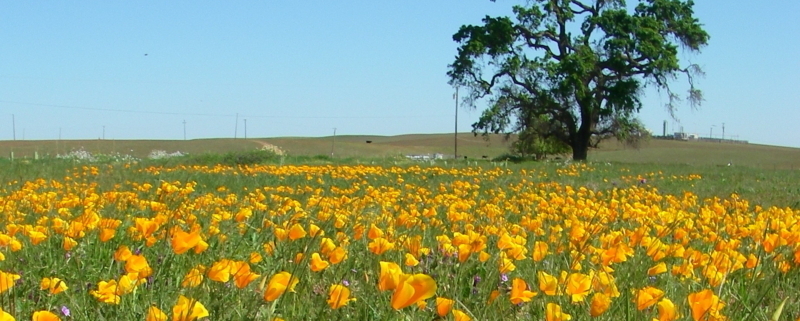Setting a New Standard: Every Act of Conservation Matters
It starts with the act. The act can be simple – a scattering of seeds on fertile ground to create a native plant garden. The act can be complex – grading land to reach the water table to create vernal pools. The act can be affordable – a packet of seeds is pretty cheap. It can be expensive – earth-moving equipment and technical expertise come at a cost.
Without the act, nothing changes. Policies, regulations, goals, objectives and philosophies remain words on pages, budgets on spreadsheets, and statements in reports. The act is all that matters.
An act of conservation that I am currently obsessed with is a stream daylighting project a few blocks from my home in Washington, D.C. My husband and I came upon it by lucky accident one afternoon returning from a hike in nearby Rock Creek Park. Where there was unproductive mowed landscape, there now flowed an open stream through step-down pools lined with wetland vegetation and air humming with dragonflies and goldfinches. From low biodiversity value and poor ecosystem functioning, the District Department of the Environment had acted and restored not just a habitat but an entire ecosystem. Mark Twain may have commented that they’re not making any more land, but in this small corner of a densely-populated urban area, they are making more nature.
When Wildlife Habitat Council embarked on the design of a new standard for corporate conservation, we knew we wanted it to be accessible, credible and ultimately drive change. In my first blog post about the new standard, these three design principles were introduced and discussed.
As we moved through the process, deciding how to recognize conservation on corporate landholdings, we returned again and again to the question of what we wanted to recognize. We easily answered “Why?” – to drive change and increase the number of corporations engaged in quality conservation activities. We quickly answered “Who?” – corporate landholders of all types and sizes. But, we really dug into “What?” – what do we value as an organization, and how can we create a standard to recognize it?
We ultimately agreed that we value the act of conservation. Yes, we care deeply about the outcome, but it is in the act that we see the benefit both directly and indirectly. It is through the act that we make a difference to planet and people.
In “Our Once and Future World,” author Paddy Woodworth is overjoyed when he discovers that the natural world is more resilient than he had previously thought; that ecosystems can be restored to full functionality, and that there is a movement across the globe to restore nature. The author sets out to explore restoration projects of different shapes and sizes in different communities and cultures for a diverse set of reasons with a diverse suite of outcomes. In each one, he sees the need, the challenges and the difficulties, but he also sees the results. He recognizes the power of these projects not just to restore nature, but also to restore our relationship with it.
An emerging practice called Civic Ecology also seeks to restore nature and our relationship with it. Civic Ecology envisions a future where people are no longer divorced from nature or separate from each other. It sees restoration of green spaces from broken places as essential to our future and recognizes the movement-building potential that the act of conservation creates. Civic Ecology is thousands of individual acts of conservation connected into, and beyond, communities.
From an individual’s attachment to a stream restoration through an author’s journey across the world of habitat and ecological restoration and into communities where groups and individuals are coming together to engage in hands-on restoration and ongoing stewardship, we can see clearly the power of the act of conservation.
As we prepare to launch our new standard and recognition program, Conservation Certification, we know that the act of conservation matters to the thousands of individuals working on WHC projects across the world. We see many of them at our annual conference every November, and hear from them how each act has made a difference. We also know how the acts of conservation, aggregated into metrics, matter to the sustainability, CSR, community outreach and EHS professionals in the companies we work with.
Every act of conservation matters. It’s our mantra and our call to action. Through it we pay homage to the thousands of acts of conservation we have recognized since our inception, while looking to the future, where ecological restoration, civic ecology practice and a myriad of other approaches to improving nature and our relationship with it flourish in broken places, wilderness areas and everywhere in between.
